(8500 products available)





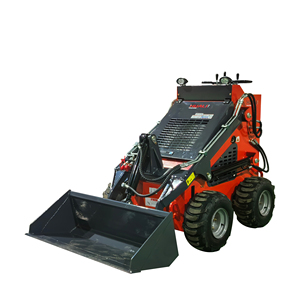




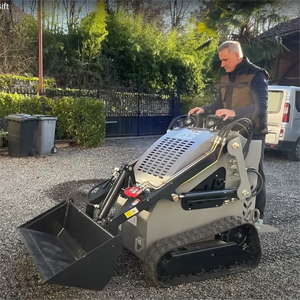
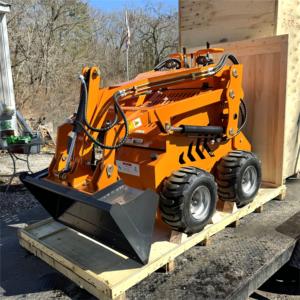
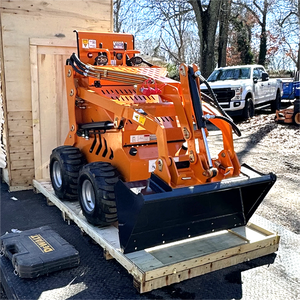



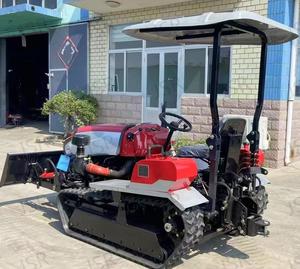



















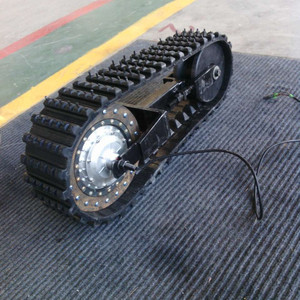





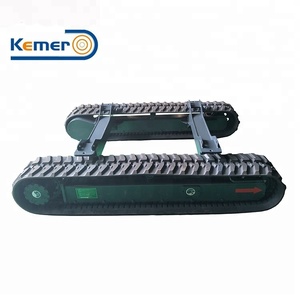
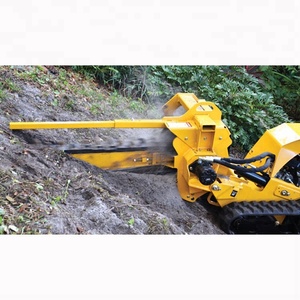
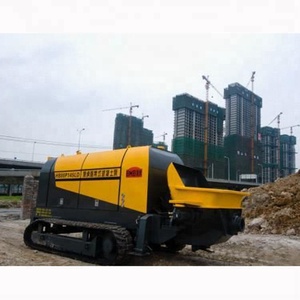









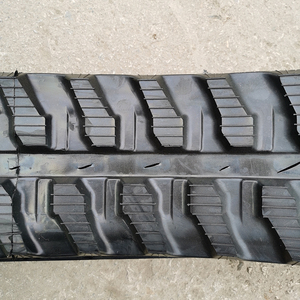
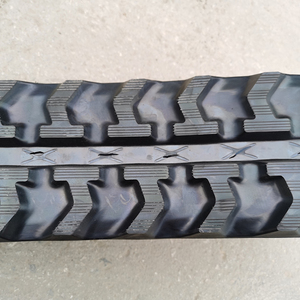
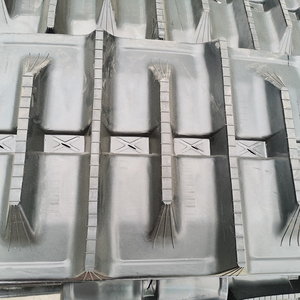
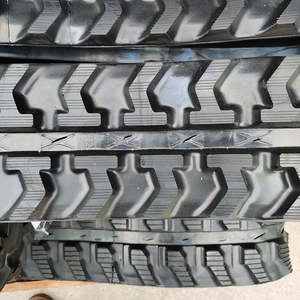



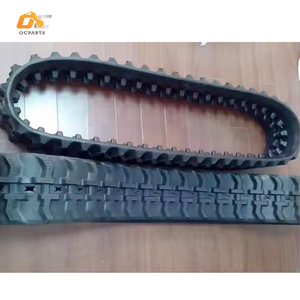










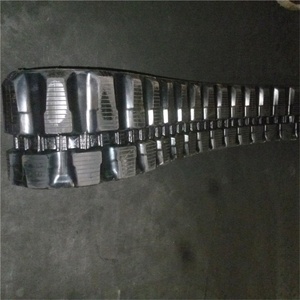






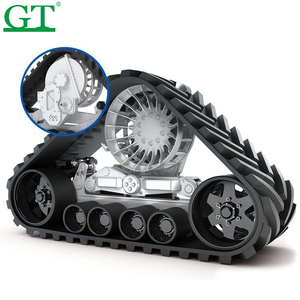




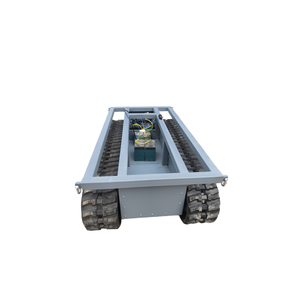
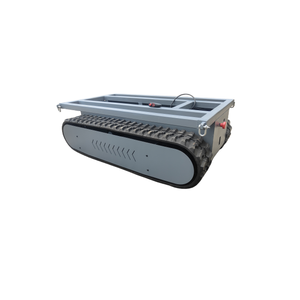
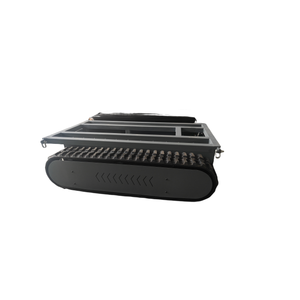

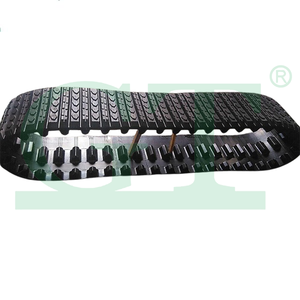


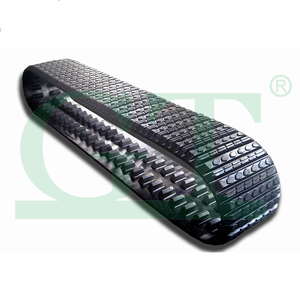

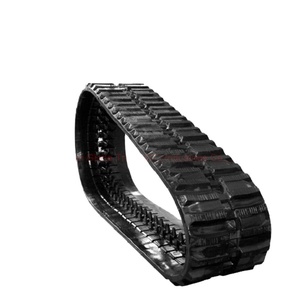


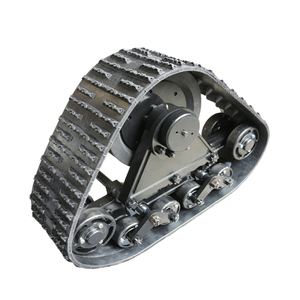
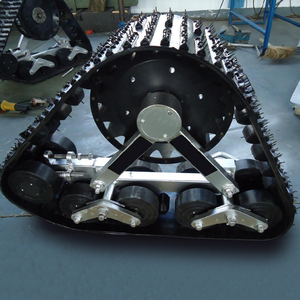




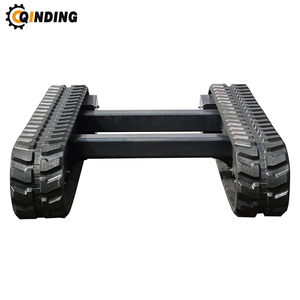
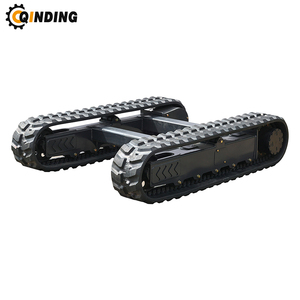
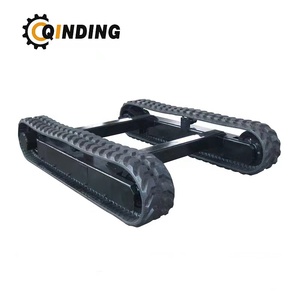



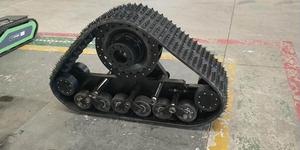

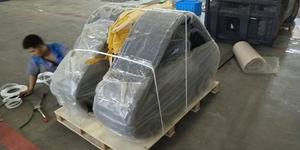



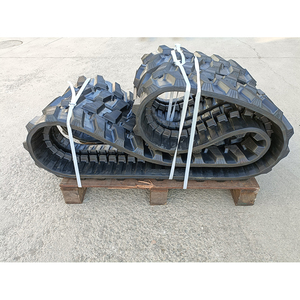
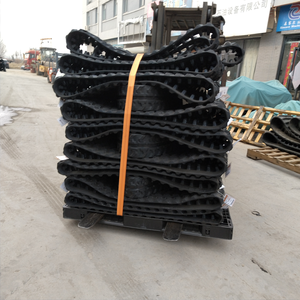


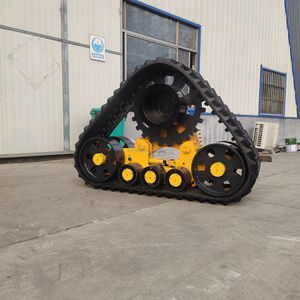

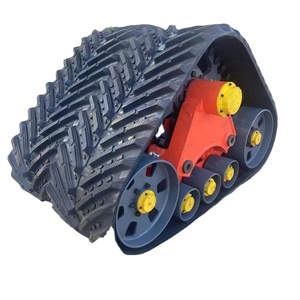


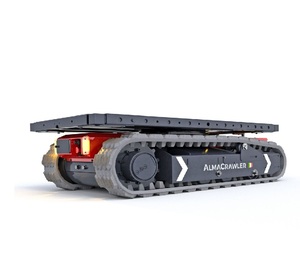

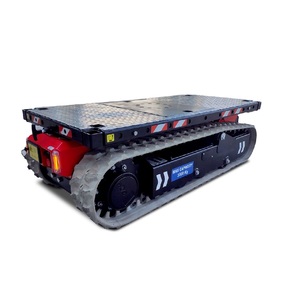



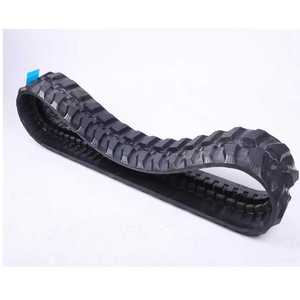







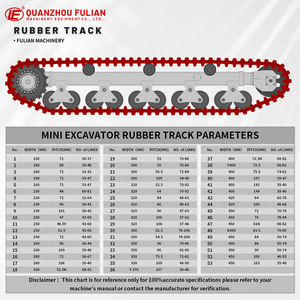

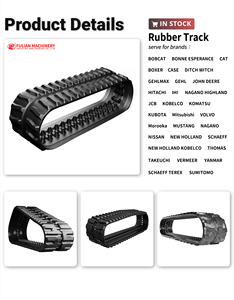

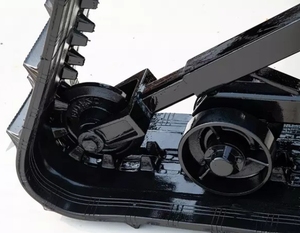


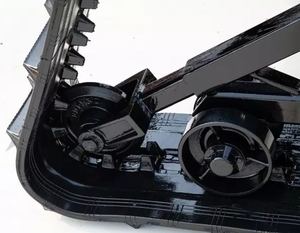


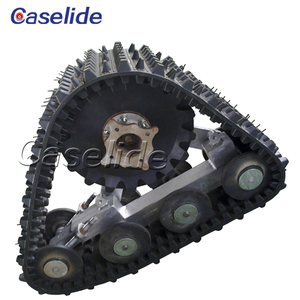
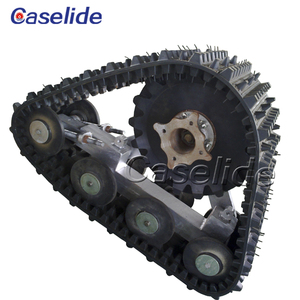
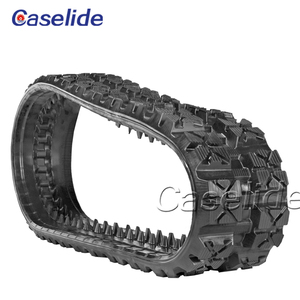






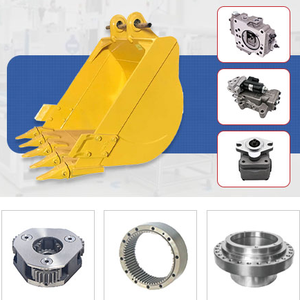

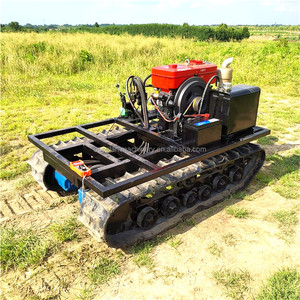
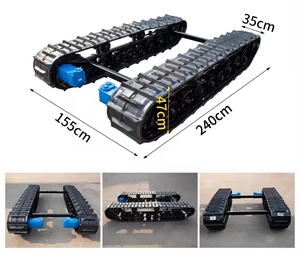

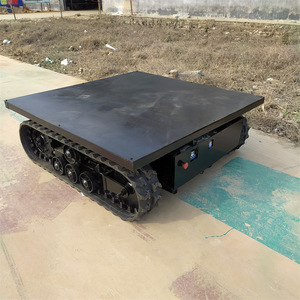


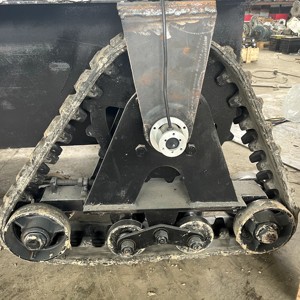

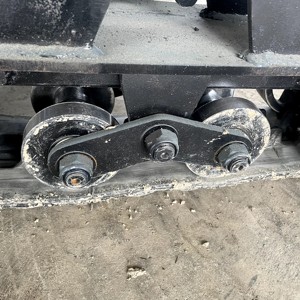














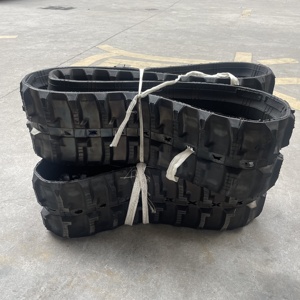
A rubber track system is a kind of mobility system in machinery that provides a large contact area with the ground to support weight and lower pressure. This track system is similar to a rubber belt made by joining different pieces of rubber into a loop. Rubber tracks are mostly used in machines like mini excavators, compact tractors, tracked loaders, and snowmobiles. Rubber tracks are the perfect option for heavy or weighty equipment that needs to be moved smoothly over delicate surfaces without much ground pressure.
Rubber track systems for sale on Alibaba.com come in different types:
Wide rubber track system
This is a rubber track with a wider contact area than normal rubber tracks. It provides extra stability and weight distribution, making it suitable for gooey or loose terrain. A wide rubber track system improves traction in in-demand and rugged environments. It protects delicate surfaces by lowering ground pressure. The large footprint of wide rubber tracks boosts stability, reducing the risk of tipping over.
Steel core rubber track system
A steel core rubber track system has a tough steel core embedded within the rubber track. This makes it very strong and durable. The steel core increases the track's strength and longevity, even when used in demanding or extreme environments. Steel core rubber tracks provide excellent stability and hold up well over time. They are ideal for heavy-duty machines like bigger excavators and tracked loaders.
Sealed block rubber track system
A sealed block rubber track system is made up of independent rubber blocks sealed together. This design allows flexibility, even under heavy loads, while protecting the undercarriage from debris and dirt. It enhances shock absorption and makes the track move smoothly over obstacles. Sealed block rubber track systems are mostly used in snowmobiles and ATVs (All-Terrain Vehicles).
Heavy-duty rubber track system
The heavy-duty rubber track system is made with a stiff rubber compound to give it more strength and make it very durable. It is specifically designed for machines used in construction, mining, and agriculture. Heavy-duty rubber track systems can withstand wear and tear even under the most challenging conditions. They are mostly used in the construction and mining industries with tracked excavators, dozers, and loaders.
Compatibility:
Rubber track systems are meticulously crafted to match distinct machinery models. This perfect match ensures that the tracked vehicle operates optimally without any interference or drag, delivering peak performance at all times.
Load Capacity:
Rubber track systems possess an impressive ability to bear heavy loads, typically quantified in tons per hour (TPH). This remarkable feature is made possible by the robust materials and advanced engineering used in their production.
Ground Pressure:
Characterized by low ground pressure, rubber tracks are designed to disperse weight over a larger surface area. As a result, they minimize soil compaction and preserve delicate surfaces.
Length and Width:
The dimensions of the rubber track system, specifically its length and width, are determining factors in the stability and maneuverability of the tracked vehicle. Such dimensions are tailor-made to match the specific requirements of distinct machinery applications.
Track Gel Design:
Rubber track systems utilize different track gel designs to enhance traction and reduce slippage. These designs include dual grousers for bulldozers and multi-directional patterns for excavators.
Fastening System:
Rubber track systems typically have varied fastening systems, including clips and pins, ensuring a firm connection between the track and the mechanism of the vehicle.
Proper maintenance of rubber track systems is essential for ensuring their longevity and performance. Here are some tips for maintaining rubber track systems:
Adjust Track Tension:
It is essential to adjust the track tension periodically to ensure even wear and prevent damage. Follow the manufacturer's guidelines to adjust the tension to the specified range.
Clean the Tracks:
Cleaning the tracks regularly can remove debris, dirt, and materials that may damage the tracks or the machine. Use a pressure washer or a soft-bristled brush and a bucket of soapy water to clean the tracks thoroughly. Ensure the tracks are completely dry before operating the machine.
Check for Damage:
Whether the rubber track system is worn, cracked, or damaged is crucial. If any damage is found, repair or replace the tracks immediately to prevent further damage to the machine or the tracks.
Lubricate the Rollers and Idlers:
The longevity and performance of rubber track systems depend on lubricating the rollers and idlers regularly. To decrease friction and wear, apply a high-quality lubricant to the moving parts.
Maintain Proper Track Alignment:
Maintaining proper track alignment will prevent uneven wear and damage. Regularly inspect the alignment and adjust it if necessary to keep it within the specified range.
Rubber tracked vehicles are versatile and find a wide range of applications in various industries.
Construction and Excavation:
Rubber track systems provide powerful and mobile digging and earthmoving. Excavators, dozers, and loaders employ them for flexibility and stability whether building, landscaping, or trenching. Their gentle surface contact avoids ground damage, making them perfect for urban construction sites.
Agriculture and Farming:
Rubber tracks tractor efficiently and gently farm and transport. They replace traditional tires on high-power tractors, helping reduce soil compaction and improve crop yields. Their smooth ride and low ground pressure allow tractors to traverse fields, even when muddy. Rubber tracks also adapt to various terrain tasks like harvesting, planting, and livestock hauling.
Mining and Material Handling:
For transporting mined materials from pit to processing, rubber track dumper is the best choice. Rubber tracks conveyor belts assist in moving mined resources like coal, ore, and aggregate from extraction sites to processing plants or loading facilities. Comfortable and safe rides are ensured for the operators of rubber tracked vehicles, even in the harshest mine environments, thanks to their sturdy construction that protects the undercarriage and tracks from wear and tear from dust and debris.
Logistics and Warehousing:
In warehouses, rubber tracks forklifts are helpful for rubber tracks that help transport goods through the aisle and stack products. They work well for loading and offloading ships at ports. Their efficiency, stability, and low maintenance requirements make them indispensable in modern material handling operations.
Robotics and Automation:
Robotic vehicles sometimes use rubber tracks for off-road travel in rough terrains where ordinary tires don't suffice. Robots for exploration, surveillance, or delivery may have rubber tracking systems for versatility away from smooth surfaces. Their adaptability, robustness, and flexibility in navigating irregular landscapes make them suitable for unmapped remote areas.
Buyers should consider the following factors before purchasing rubber crawler tracks for sale:
Machinery Model Compatibility
A rubber track is an undercarriage component designed to provide a mobile platform for tracked machines. Buyers should ensure the tracks they intend to purchase will fit the machinery model perfectly. If not, the track will not work correctly or at all.
Gauge, Width, and Pitch
The gauge is the distance between the centerline of the two wheels or rollers that support the track. The gauge must match the roller width. The width is the track's total width, and it must be compatible with the machine's weight and ground distribution needs. The pitch refers to the distance between the track's rubber block centers. The roller brackets must match the pitch to ensure proper engagement and smooth movement.
Quality
The durability and performance of rubber tracks depend on their build quality. Go for tracks made with high-quality rubber and strong steel cables or mini excavator track reinforced with polymer for added durability. Choosers should select tracks manufactured with advanced bonding techniques that ensure a strong bond between the rubber and steel components.
Application-Specific Design
Several tread designs suit different terrains. Buyers should get the track design that matches their machine application for optimal performance. For example, smooth tread patterns work best for indoor operations that require minimal ground disruption.
Lifecycle Cost
When considering the initial acquisition cost of rubber tracks, buyers should also consider their lifecycle cost. They should think about replacement frequency and maintenance expenses. Higher-quality tracks may cost more initially, but they could save money in the long run due to their extended lifespan.
Q: What is a rubber track system made of?
A rubber track system is made of natural or synthetic rubber, steel, nylon, and carbon black. The track is typically made from corrosion-resistant materials like aluminum or stainless steel. The undercarriage of vehicles like tanks and excavators is known as the chassis. This includes the track rollers, idlers, drive wheels, and track frames that support the track and facilitate movement. An example of a track frame is a strut or beam that supports the rest of the vehicle and the track.
Q: What types of vehicles use rubber track systems?
Agricultural machinery, specialized military vehicles, and some lightweight passenger vehicles use rubber track systems. In agriculture, rubber tracks are preferred over traditional wheels for many reasons. Rubber tracks improve traction, reduce soil compaction, and provide better flotation in muddy or soft conditions.
Q: How long do rubber track systems last?
Rubber track systems can last anywhere between 2,000 to 5,000 hours of machine use. However, this is a very broad estimate. The lifespan of the rubber track system can vary dramatically depending on a lot of factors. This includes the machine’s operating conditions, maintenance practices, and track quality.